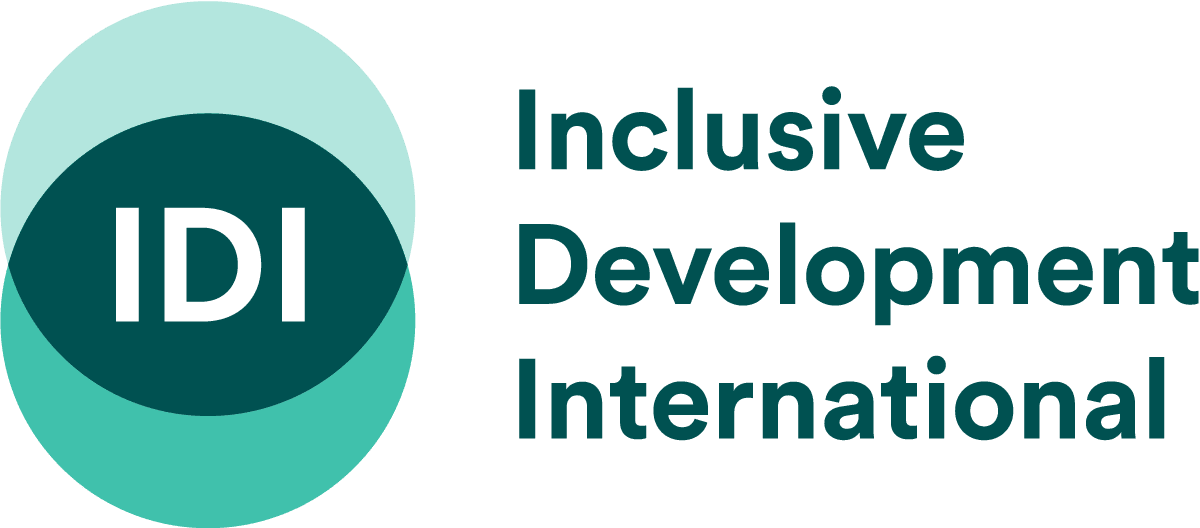Uncovering the Supply Chain of a Coal Plant in Cote d’Ivoire
We began this research with some basic knowledge about how a coal plant’s supply chain typically works. All coal plants need fuel — thermal coal — to operate. So understanding the source of Broto IPP’s coal, and how it would be transported to the project, would be important. We also knew that the plant needed a committed electricity buyer before the project could move forward. Finally, we knew the plant would need high-voltage power lines to transport the electricity to that buyer and its customers, such as homes and businesses.
Using the sources described below, we mapped the plant’s supply chain and uncovered several significant pressure points for advocacy.
1) Google searches for national energy development plans:
We conducted Google searches of the project’s name, location and common energy planning development partners (such as the World Bank, IFC, JICA, GIZ). Using Google’s advanced features, we filtered by likely filetype (.pdf, .docx, or .pptx).

These searches revealed two key documents: a national electrical power sector study conducted by the Japanese development agency, JICA; and an internal presentation to the African Development Bank on the Western Power Pool. These documents helped us understand better how the electricity would be sold and distributed. They also, of course, revealed the involvement of two development finance institutions that were likely pressure points for advocacy. (Additionally, these documents revealed information about prospective financiers of the project. While not part of the project’s supply chain, these actors were also pressure points for advocacy.)
2) Google searches to identify source of coal:
We knew the project needed coal to operate. We determined that Cote d’Ivoire does not have sizable coal reserves. Therefore, the developer would need to import coal.
Using Google’s advanced search tools, we discovered planning documents indicating that a nearby port expansion project included the infrastructure needed to handle and import coal. This meant the plant needed the port expansion to be viable. We also found an environmental impact assessment for the port that contained other key details on the developers behind the project. Understanding how the port was linked with the mine made any stakeholder involved in the port expansion a new pressure point for advocacy.
3) Development Finance Tracker reveals links to World Bank:
Most energy projects are developed for use on a national grid. In almost every country, the national grid is managed by the government or a state-owned/state-affiliated company. Such a company is typically the only buyer of the electricity produced by power plant; the buyer then sells the electricity to individual homes and businesses.
In this case, using Google, we found an International Finance Corporation report called “Unlocking Private Investment” for renewable energy in Cote d’Ivoire. While there was little direct information about the coal plant, the report had important information about the structure of the country’s energy system, including that the buyer for all energy in the country was the country’s electricity utility, CI-Energies. Knowing this critical piece of information, we were able to search connections between CI-Energies and development finance institutions by using our Development Finance Tracker.

4) Development bank project pages reveal transmission lines:
For an energy project investor to make money, the project needs to be connected to an electrical grid, often through high-voltage transmission lines. Transmission line development plans are typically found in a country’s national energy development plan. In low and middle-income countries, transmission lines are often financially and technically supported by aid agencies and development finance institutions.
The Broto IPP coal project’s website mentions vague plans for two high-voltage transmission lines that would be connected to the coal plant. Knowing that these transmission lines would be part of a broader development project, we searched for plans in Cote d’Ivoire and regional energy plan reports made by development finance institutions. The feasibility study of one of the transmission lines was financed by the African Development Bank and a group of European countries. Given that the plant could not be developed without these transmission lines, the African Development Bank and European countries became pressure points for advocacy.
